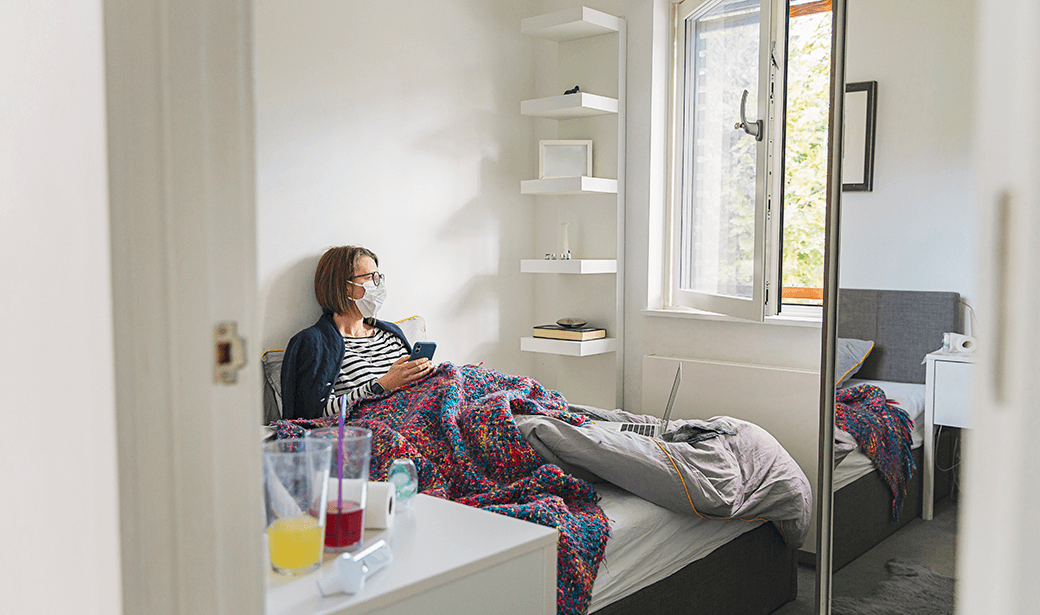What happens if a member of your family tests positive for COVID-19?
Make a plan how you will isolate a sick person in a shared home so that person can heal without infecting other family members.
The Centers for Disease Control and Prevention has laid out extensive guidelines for caring for someone sick at home. Here are some key points to remember.
Containment is Key
If possible, establish a bedroom and bathroom that will be used only by the sick person. Assign one healthy family member as the caregiver. This person will help the sick person follow doctor’s orders, assist with basic needs and monitor symptoms while avoiding making any unnecessary physical contact or spending more time than necessary in the sick person's room. All other family members and pets should avoid contact with the sick person.
No visitors should enter the home. Make sure shared spaces have good air flow, either through open windows or air conditioning.
Protect Yourself
The sick person should wear a mask or face covering while the caregiver is in the room. If the sick person cannot wear a face mask because of breathing problems, the caregiver should wear a disposable face covering while in the sick person's room and dispose of it after leaving the room.
If the caregiver needs to touch the sick person's bodily fluids, the caregiver should wear a mask and disposable gloves. Afterward, the caregiver should remove and dispose of gloves first, wash hands, remove and dispose of mask, and wash hands again.
Hygiene Reminders
Do not share items such as dishes, utensils, towels or bedding with the sick person. After use, wash those items thoroughly. Clean all high-touch surfaces — such as counters, tabletops, doorknobs, bathroom fixtures, toilets, phones, keyboards, tablets and bedside tables — every day.
If other family members show symptoms of COVID-19, contact your primary care doctor or get tested.



